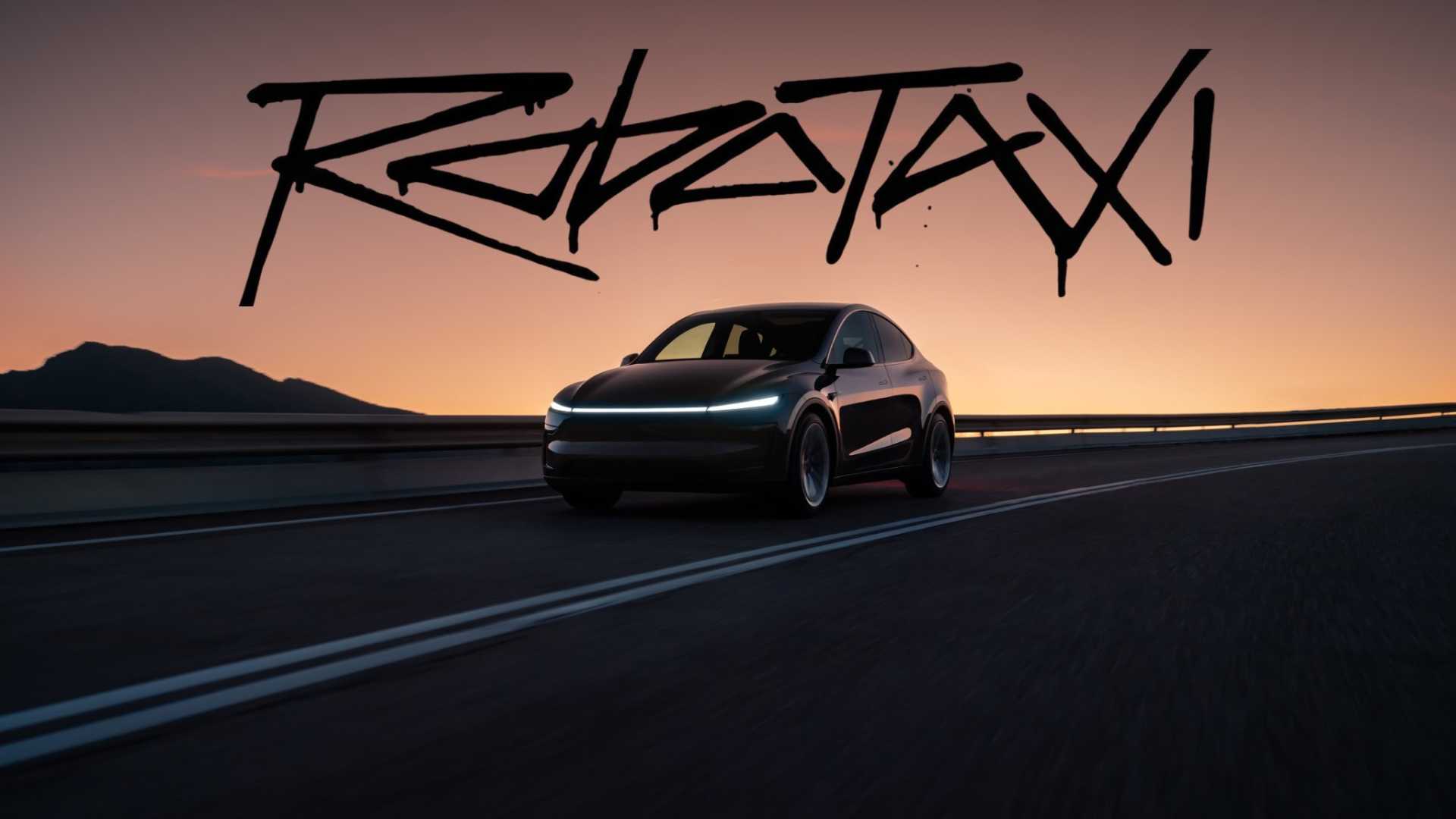Business
Tesla Faces Lawsuit Over Robotaxi Safety Claims

AUSTIN, Texas — Tesla is facing a proposed class action lawsuit from a group of shareholders.
The suit, filed in Texas federal court on Monday night, claims that Tesla and CEO Elon Musk misled investors regarding the safety of vehicles used in the company’s Robotaxi rollout.
According to the lawsuit, videos have surfaced showing the Robotaxis speeding, braking suddenly, driving onto curbs, and dropping passengers off in dangerous locations. These allegations were first reported by Teslarati.
In a related matter, Uber is dealing with its own safety issues. Between 2017 and 2022, Uber received reports of sexual assault or misconduct nearly every eight minutes, according to previously sealed court records. The data shows a troubling trend, with over 400,000 reported incidents during this period.
Many of these reports highlight concerns over Uber’s prioritization of user growth over safety measures. Internal documents indicate that the company delayed implementing effective safety tools, despite testing their efficacy.
Bryant Greening, co-founder of LegalRideshare, addressed safety concerns in the wake of the revelations about Uber. He noted that while traditional safety tips remain important, newer features in ride-hailing apps can enhance rider safety.
Greening points out that sharing trip details through apps can create a sense of accountability for drivers. For instance, Uber allows riders to share their trip status with up to five contacts, which can act as a deterrent if passengers feel unsafe.
Amid these challenges, Tesla has received a permit to operate its ride-hailing service in Texas via its subsidiary, Tesla Robotaxi LLC. This authorization allows Tesla to compete with established players like Uber and Lyft, as it rolls out its autonomous ride-hailing service in Austin.
The permit marks a significant milestone for Tesla, as the company aims to make autonomous rides a reality, potentially serving half of the U.S. population by 2025, according to Musk.
As ride-hailing continues to evolve, both companies are under scrutiny as they balance safety and scalability.












